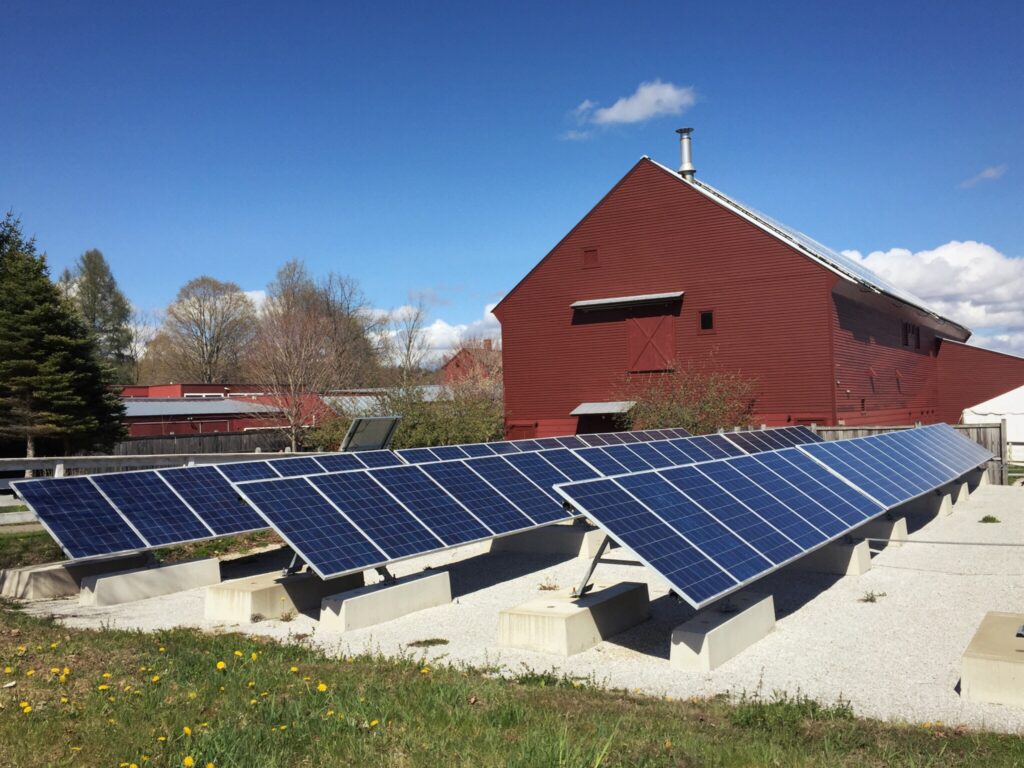Thinking about installing solar panels on your home in Oregon? You undoubtedly want to maximize the clean energy you get from them. Therefore, the proper tilt angle of your solar panels is an important decision.
Why Does Angle Matter?
For optimal energy production, your solar panels should be mounted at an angle perpendicular to the sun. In Oregon, the ideal year-round angle for solar panels is roughly equal to the latitude of your location. This is because your latitude determines the angle at which the sun hits your roof. But Not So Fast! While the above is academically true, the biggest factor to solar production is sunlight among others. Having a professional experienced solar installer assess your unique situation and options will yield to the Optimal year around angle which most often is not the same as the latitude of your location. Example: If a homeowner lives in the Willamette Valley which has incredibly consistent sunlight and long days in the summer compared to short cloudy days in the winter; the solar panels should cater more to the summer sun rather than winter sun angle. With this in mind, the true ideal angle for production is closer to 30°, not 45° with all other factors aside.
Finding The Ideal Angle In Oregon
Several factors affect the ideal tilt angle for solar panels in Oregon:
-
- Latitude: Locations further north benefit from steeper angles to capture more sunlight. We recommend considering a chart that shows the ideal angle for different Oregon cities.
- Roof Pitch: Homes with a south-facing roof with a pitch close to the ideal angle may not need additional adjustment. However, shallower roofs may need panels mounted at a steeper angle for optimal performance.
- Aesthetics: Many homeowners prefer a flush-mounted system where the panels lay flat against the roof. While this may reduce efficiency slightly, it can be a good choice for some. Most systems are installed this way as homeowners are more concerned with the visual appearance of the solar then gaining a few percent in efficiency by tilting the panels.
- Snowfall: If you live in an area with heavy snowfall, a steeper angle helps snow slide off the panels, reducing energy loss in winter.
- Shading: If there is shading from trees to the west meaning the afternoon sunlight is compromised then panels should be angled more to the South East than directly South.
Solar Panel Tilt Angles for Oregon Cities
Here’s a helpful chart to get you started on understanding the ideal year-round tilt angle for solar panels in various Oregon cities:
| Location | Ideal Year-Round Angle |
| Beaverton | 45° |
| Bend | 44° |
| Corvallis | 45° |
| Eugene | 44° |
| Hillsboro | 46° |
| Portland | 46° |
| Salem | 45° |
| Medford | 42° |
The ideal tilt angle is roughly equal to your latitude. This is because the angle of the sun hitting your roof is directly related to your location on Earth. For instance, cities further north like Portland will benefit from a slightly steeper angle (46°) to capture more sunlight compared to a southern city like Medford (42°).
Seasonal Angles vs. Year-Round Optimization
While the sun’s position changes throughout the year, calculating separate angles for summer and winter can be overly complex for most Oregon systems. Here’s why:
- Net Metering: Oregon’s net metering programs allow you to store excess summer energy production as credits and use them to offset higher winter electricity usage. This reduces the need for a perfectly optimized winter angle.
- Minimal Winter Gain: While a steeper angle can capture more winter sun, the overall gain compared to a year-round angle is often minimal. In some cases, it might not outweigh the slight summer production loss.
Therefore, we typically recommend the year-round tilt angle for most Oregon solar systems. This approach prioritizes overall energy output, allowing you to maximize net metering benefits and potentially reduce your electricity bills year-round.
However, if you’re interested in exploring seasonal adjustments, here’s a quick guide:
- Winter Angle: Add 15° to your year-round angle.
- Summer Angle: Subtract 15° from your year-round angle.
Remember, these are just estimates. Setting up a solar consultation with our expert installers can help you determine if a seasonal adjustment is right for your specific needs and location.
Other Considerations
- Direction: Ideally, solar panels should face south. However, east or west-facing panels can still generate good power, though slightly less.
- Solar Tracking Systems: These systems move panels throughout the day to follow the sun. While they can increase efficiency, they are more expensive and require maintenance due to mechanical moving parts.
- Net Metering: Oregon has net metering programs that credit homeowners for excess solar energy produced. This can help offset lower winter production from a fixed-tilt system.
- Roof Replacement: If your roof needs replacing soon, consider doing that first. Solar panels last around 40 years, longer than most roofs.
The Bottom Line
While tilt angle is important, it’s just one factor in designing a solar energy system. Professional solar installers consider all the above factors to create a system optimized for your home. Contact a reputable solar company in Oregon for a free consultation and learn more about harnessing the power of the sun!


